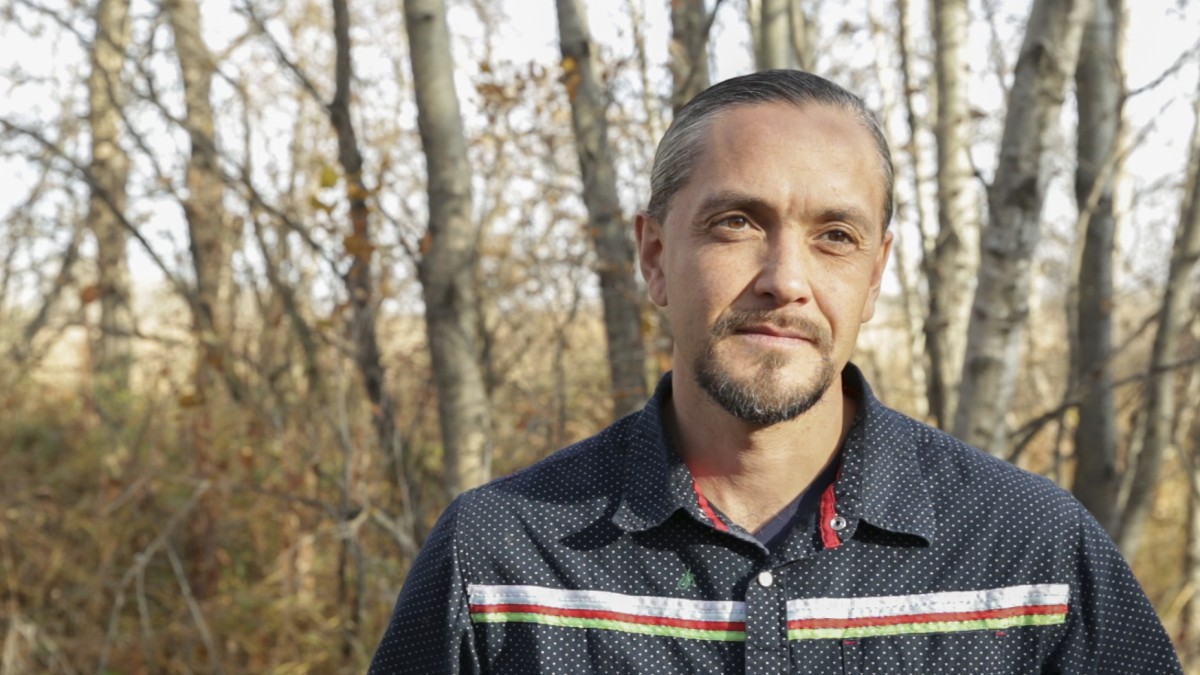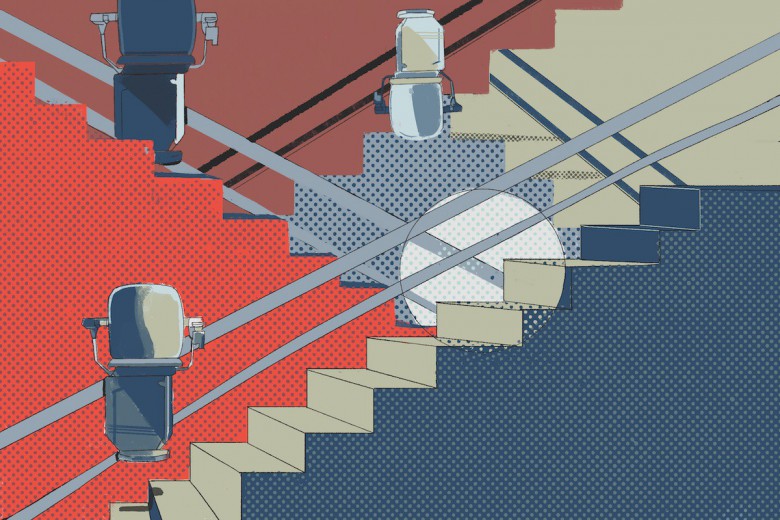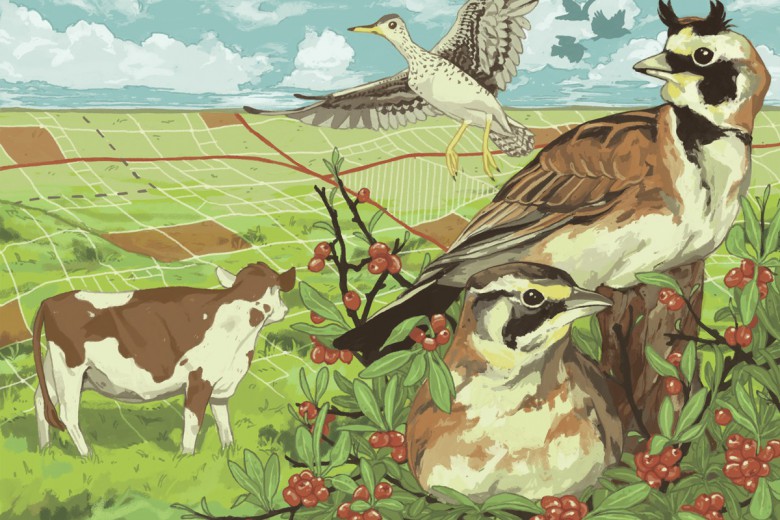This fall the Saskatchewan Party put 75 parcels of Crown land up for sale in an online auction scheduled to close in early November. Since taking office in 2007, the Saskatchewan Party has privatized over 1.1 million acres of public land in the province, including native grassland, wetlands, and aspen parkland. Philip Brass of Peepeekisis First Nation discusses the consequences of the province’s ongoing liquidation of public lands and what it means for us as treaty people.
The Crown land being auctioned off by the province is part of Treaty 4 and Treaty 6 territory. What are the implications of privatizing these parcels of land?
From an Indigenous perspective, the numbered treaties are nation-to-nation covenants signed with the Crown to share the land – not only for Western society’s economic interests, but also to protect and maintain an Indigenous way of life. Indigenous cultures, no matter where they are in the world, are deeply tied to the land. They are emergent from their land, and cannot survive without access to their land. This is a very critical human rights issue today, in this time of so-called reconciliation. Without these lands, I don’t think that reconciliation is something tangible. As we’re just beginning to have these difficult conversations in this country, we’re liquidating our only opportunity for future generations to have a relationship based upon justice, sustainability, and respect.
Over the last several decades, provincial legislation has progressively diminished our access to our treaty territories. Under Treaty 4, and under successive treaties based on its precedent, Indigenous peoples are supposed to be able to move freely and hunt anywhere throughout our territory that doesn’t have a standing crop on it.
Our right to hunt is recognized in Treaty 4, and within the Canadian Constitution (1982), but most importantly it’s an inherent right. It’s not a right that was granted by a foreign colonial government or the Crown. It’s an inherent Indigenous right to maintain our lifestyle, to hunt and to gather year round. If we lose these Crown lands, the province is essentially extinguishing that right. I see that as a serious human rights issue. As a signatory to the UN Declaration on the Rights of Indigenous Peoples, Canada has a responsibility to ensure that an Indigenous way of life is possible, and that way of life is based upon our access to these natural landscapes.
The Saskatchewan Party claims that it only privatizes “surplus” land that has “no significant public, ecological or economic benefit.” How do you respond to that?
It’s the voice of ignorance. You have government bureaucrats sitting in offices somewhere who have no relationship to these places … I’m not sure how they come up with their formulas on whether something has ecological value or not. I don’t think they are even capable of that. What you see is the outdated continuation of Eurocentric thinking that only sees land as a resource, as an economic opportunity – something to be developed, to be bought and sold.
These parcels have massive ecological and cultural significance. Carbon sequestration is vitally important in the context of climate change, and I see us running in the opposite direction of where we need to be. We need to be protecting, and even re-establishing, as many carbon sequestering landscapes – grasslands, bushlands, forest – as we possibly can.
I see us running in the opposite direction of where we need to be.
Natural prairie grassland and bushland are vital to countless species’ survival in the midst of agricultural monocrops. Our deer, elk, and moose populations all rely on them. All wildlife really rely on these bigger chunks of bushland to retreat to. We do have some healthy populations of wildlife in the area, including nesting eagles on the parcel near Peepeekisis, but when we see these larger parcels put under the plow, we begin to see a collapse of sustainable wildlife habitat. So they’re very precious in that way, and they’re also very important for maintaining our local traditional diet in First Nations communities south of the boreal, which is crucial given the rise in health issues related to diet, including a serious diabetes crisis. With the levels of poverty that we have on reserve, it’s not possible for people to travel four or five hours north into the provincial forest to hunt.
For Indigenous peoples, this land is the foundation of our culture. Without it, our culture is reduced to spectacle. We recognize these lands as places that have spirit, and we have an ancient relationship with them. All of our spiritual, ceremonial institutes rely on the existence of the natural world. Addressing a lot of the crises that we have in our communities relies on restoring that relationship. I see things moving in that direction with some of the school curriculum being developed at this time. Yet, bizarrely, as the province is beginning to develop “Learning from the Land” curriculum in our provincial school system, the provincial government is liquidating the exact lands that we could hope to learn from. We have to put the brakes on this.
How did the province come to own these parcels of land in the first place?
The federal government devolved resources to the provinces with the Natural Resource Transfer Agreement (NRTA) of 1930. Together with the Indian Act of 1876, the NRTA really threw treaties aside. The honour of the Crown was broken then. In practice we lost our ability to move freely and to hunt in our territory.
Together with the Indian Act of 1876, the NRTA really threw treaties aside. The honour of the Crown was broken then. In practice we lost our ability to move freely and to hunt in our territory.
Of course at that time, all First Nations were incarcerated on reserves. We were living under the pass system.) We would have had little to no knowledge of the agreement, and there would have been zero consultation.
How does Saskatchewan differ from other provinces in its management of public lands?
When the Harper government devolved the PFRA pastures – which had been federally owned and managed – to the provinces, Manitoba and Alberta took up the challenge of running those pastures on their own, and seem to be doing quite well with that. Here in Saskatchewan under the Wall government, they’re liquidating many of those pasture lands. I know there were offers to some of the patrons – the cattlemen who lease those pastures – but they’re running into difficulty too, since most are not able to afford purchasing such large parcels of land.
We have precious little Crown land south of the boreal forest in Saskatchewan. What’s left of the natural prairie is less than 15 per cent – the rest is cultivated and privately owned. Grasslands are the most threatened and least protected ecosystem on the continent, and our natural prairies’ ability to function has largely been obliterated.
And yet people seem to think that this ongoing cultural and ecological genocide is somehow normal. We have this nostalgic rhetoric of “We’re the bread basket of the world.” We certainly are, but there will be heavy societal and environmental consequences for this sort of human-centric hubris.
You talked earlier about the consequences of privatizing land for prospects of meaningful reconciliation. Although the dispossession of Indigenous peoples from their traditional territories has been fundamental to the colonial project in Canada, land restitution has been noticeably absent from mainstream discourse about reconciliation in Canada.
The absence of land from the reconciliation conversation is a huge hole. All of the focus is on residential school survivors and monetary compensation, which is vitally important, but is really only the tip of the iceberg. At the end of the day, justice for Indigenous peoples living within the Canadian state comes back to land. It comes back to our continued dispossession from our land-based lifestyles, and from our languages. That went hand-in-hand with residential schools. While our children were stolen from us and indoctrinated within these institutions, legislation like the NRTA was passed, and we now have very little land to return to. We were under the pass system until about 1952, and by then there was virtually nothing to go back to. And now the dispossession continues through the wholesale selling off of these last remaining natural landscapes.
Can you expand a bit on the relationship between land and Indigenous culture and language?
If we’re going to talk about protecting land and Indigenous cultures, we have to look at what Indigenous culture is. It’s a land-based culture that recognizes and adheres to the natural carrying capacity of the ecosystem it inhabits. Its economic practices are maintained within the boundaries of that caring capacity. It’s not human-centric, and it doesn’t disregard the roles of other species. It acknowledges relationships with what we call our other life relatives.
Of course, here in Treaty 4 and Treaty 6, we’ve been forcibly removed from that culture against our will for the last century and a half. Canada forcibly incarcerated Indigenous peoples within the confines of reserves for 70 years, all the while stealing, abusing, and indoctrinating our children for those five generations. But now as we’re beginning to reclaim our languages and land-based life practices, there’s a growing number of people recognizing that land – and our access to land in its natural state – is key to resolving our social crises, addiction crises, health crises, and the identity crises that our youth are facing today.
When we lose access to our land, and that relationship, the language has very little functionality for our youth.
Our languages are intrinsically tied to this land. All of our values, creation stories, linguistic metaphors and references are based in these landscapes, these plant medicines, these animals, and our relationships with them. When we lose access to our land, and that relationship, the language has very little functionality for our youth. It won’t survive in a classroom.
What future might these public lands have if the province were serious about reconciliation and decolonization?
It’s a difficult challenge. I don’t think there is currently a mechanism for these lands to be protected while being transferred to First Nations’ jurisdiction. That’s something that needs to be addressed and developed. The discussion right now is that these lands could potentially be purchased through auction by individual First Nations bands under their Treaty Land Entitlement (TLE) agreements.
If a band were to purchase them, they would want a return on their dollar. But for grassroots Indigenous people like myself, that’s not the priority at hand.
The problem I see with that is that TLE dollars are for economic development, so that immediately puts these lands in a predicament where, if a band were to purchase them, they would want a return on their dollar. But for grassroots Indigenous people like myself, that’s not the priority at hand. Our priority is preserving an Indigenous way of life that we know is reliant upon the existence of, and our access to, these places.
We need to protect these lands, regardless of whether they stay as public Crown lands or whether they are under First Nations jurisdiction. In the immediate term, we need to continue to keep them public, as Crown land. I think that there are some shifts happening within Indigenous communities and governments. We need to give it some time. As a society as a whole, we need to reconsider how we think of these places. Are they just a one-time economic opportunity to be exploited, or are they something precious in an overdeveloped world that’s in trouble?







